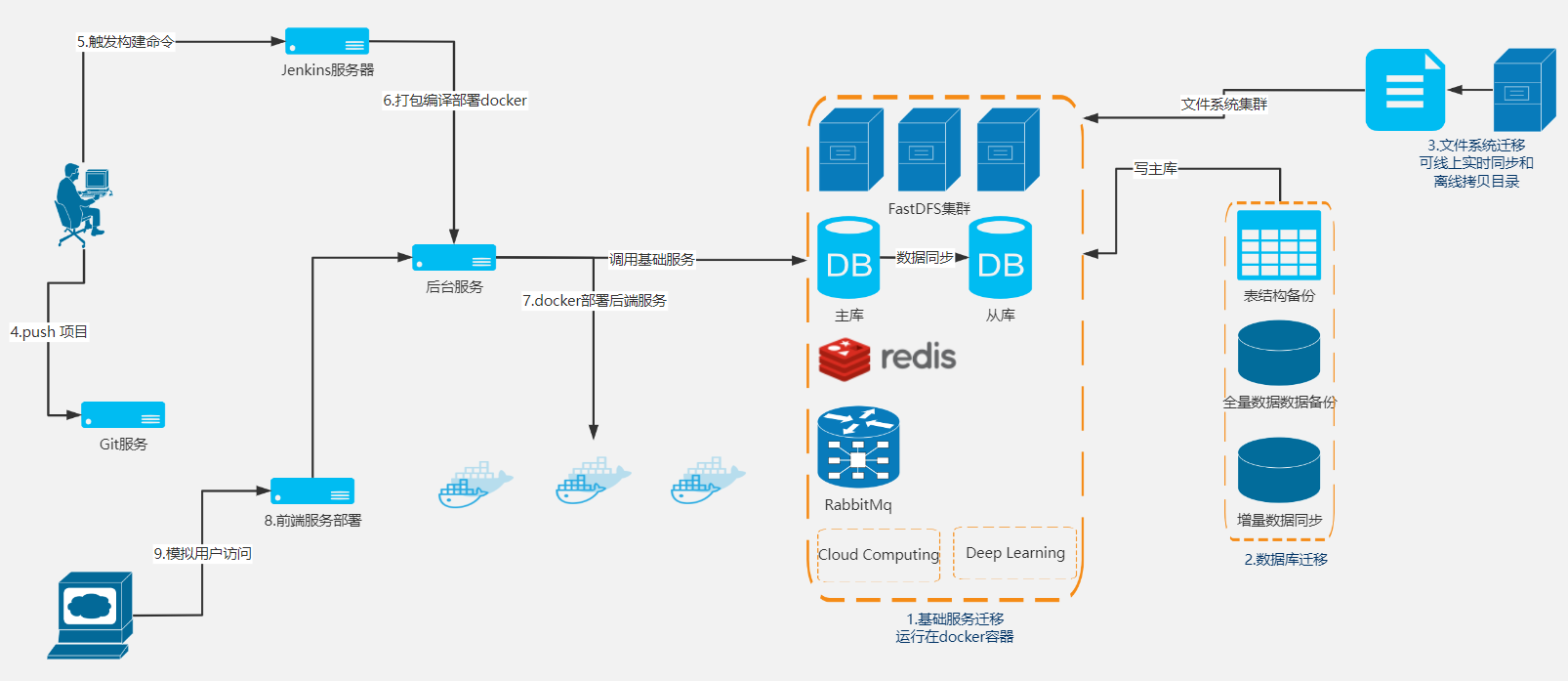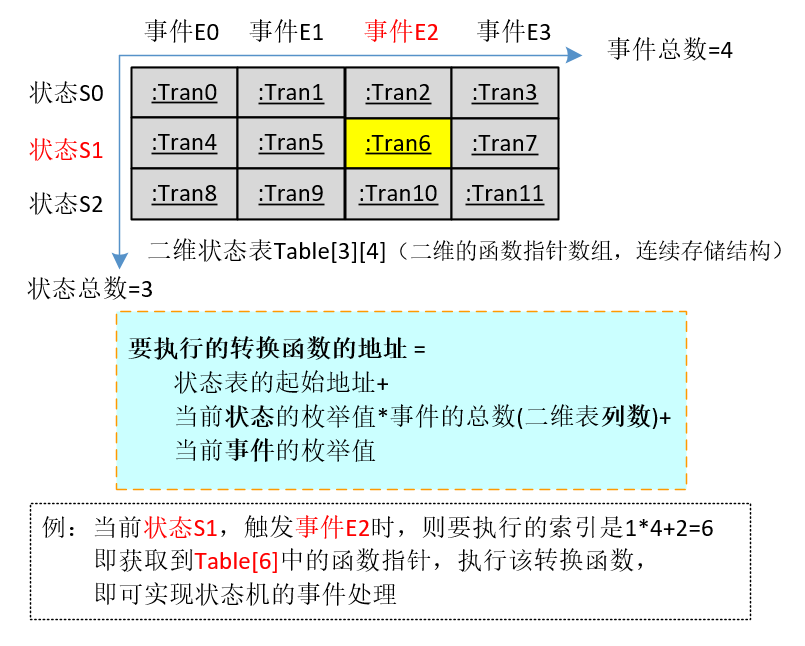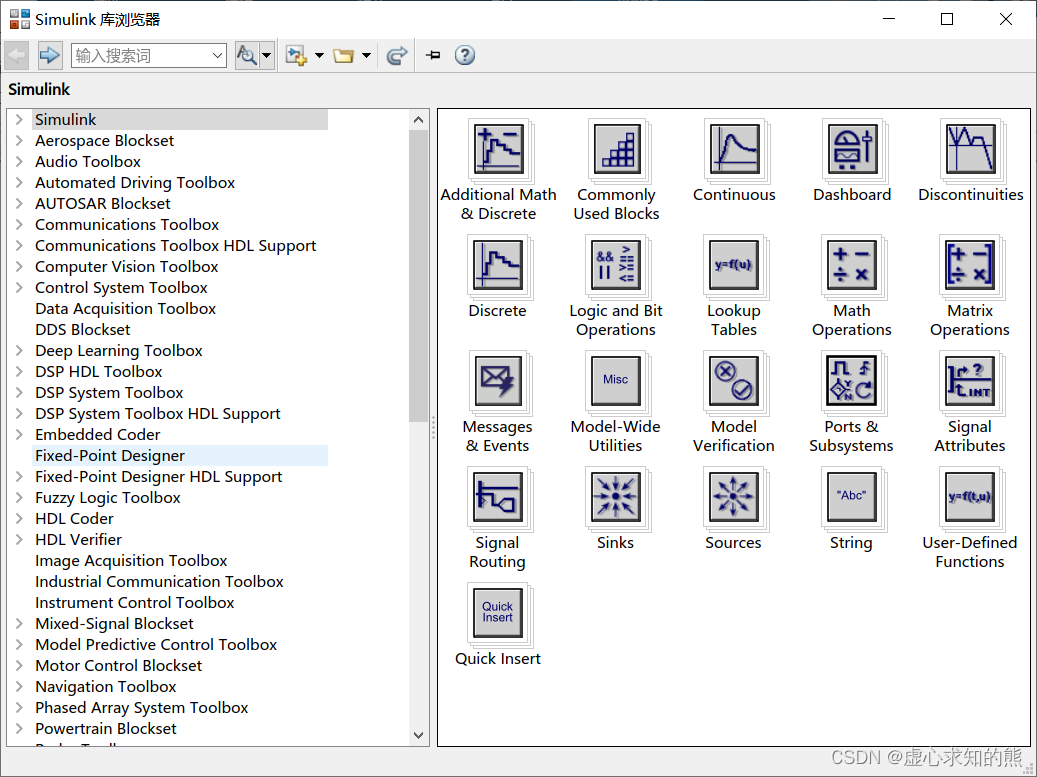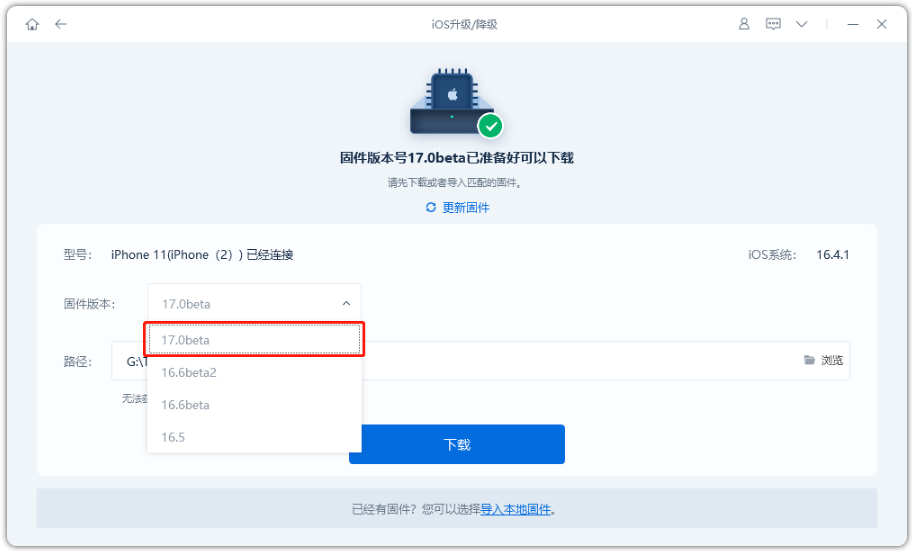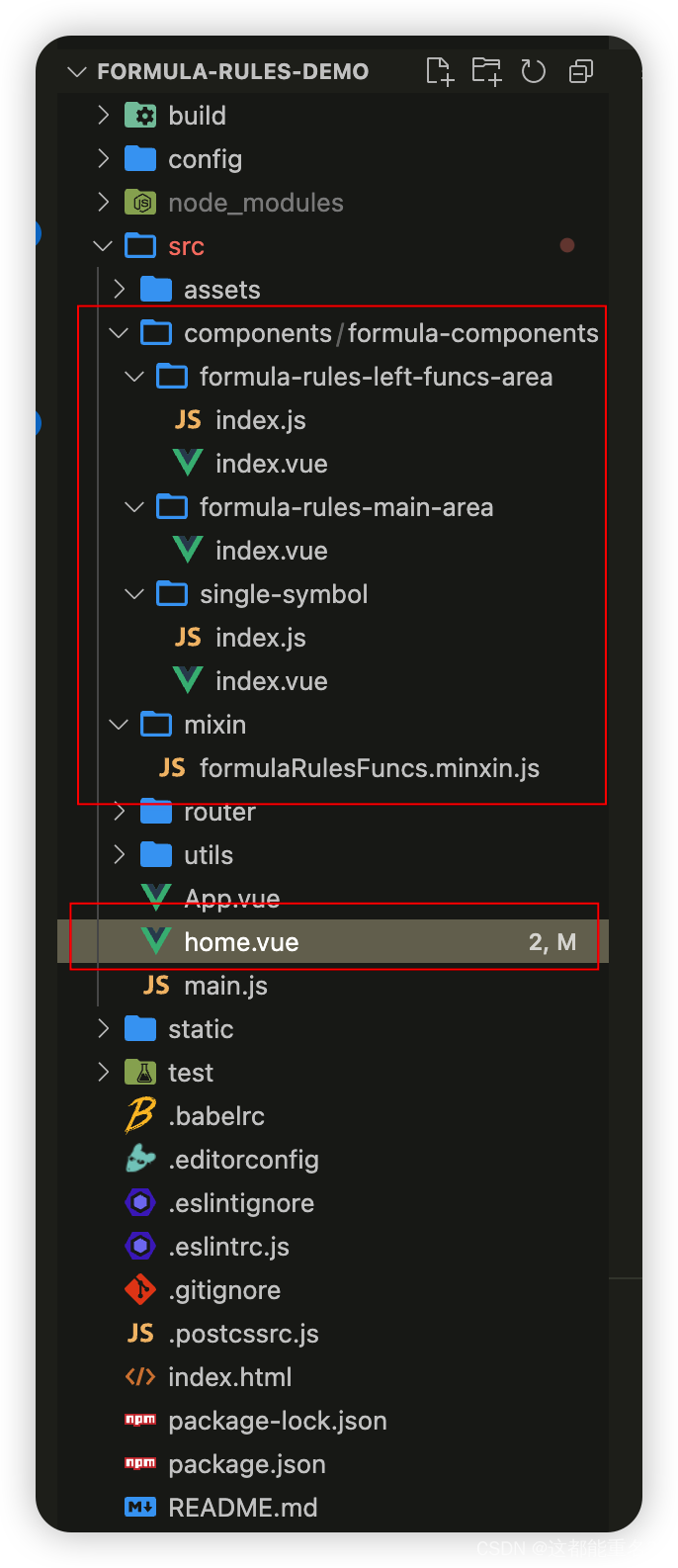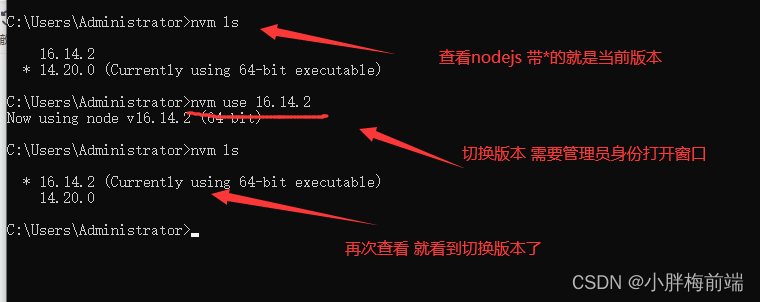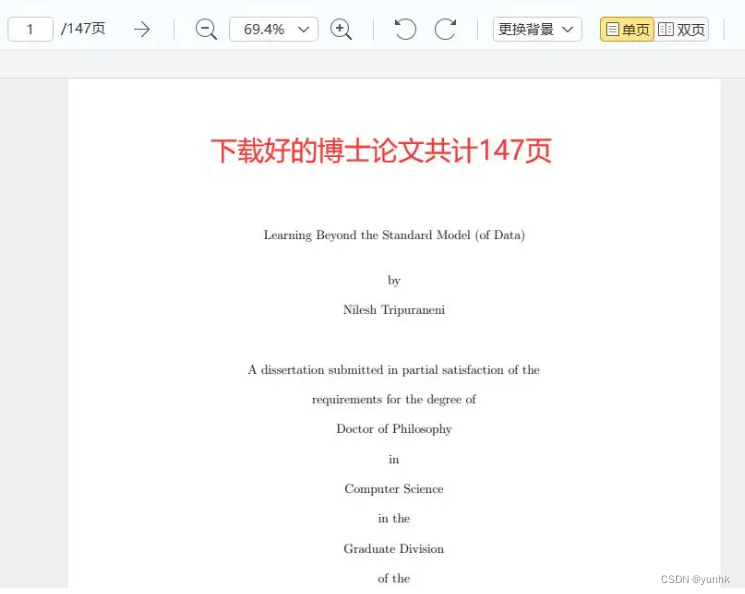Spring Boot 中的 @ComponentScan 注解是什么,原理,如何使用
在 Spring Boot 中,@ComponentScan 是一种注解,它可以让 Spring 自动扫描指定的包及其子包中的组件,并将这些组件自动装配到 Spring 容器中。本文将介绍 @ComponentScan 的原理以及如何在 Spring Boot 中使用它。

@ComponentScan 注解的原理
在 Spring 中,组件是指那些被 Spring 管理的对象,比如 Bean、Controller、Service 等。在传统的 Spring 应用中,我们需要在配置文件中显式地声明这些组件,这样 Spring 才能够将它们装配到容器中。但是,当应用规模越来越大时,手动配置这些组件会变得非常繁琐和复杂。
为了解决这个问题,Spring 提供了一种自动扫描组件的机制,即使用 @ComponentScan 注解。这个注解可以让 Spring 自动扫描指定的包及其子包中的组件,并将这些组件自动装配到 Spring 容器中。
在 Spring Boot 中,@ComponentScan 的原理与传统的 Spring 应用基本相同。当 Spring Boot 应用启动时,它会自动扫描带有 @ComponentScan 注解的类所在的包及其子包中的组件,并将它们自动装配到 Spring 容器中。这样,我们就不需要在配置文件中显式地声明这些组件了。
如何使用 @ComponentScan 注解
在 Spring Boot 中,使用 @ComponentScan 注解非常简单。我们只需要在一个带有 @SpringBootApplication 注解的类中添加 @ComponentScan 注解即可。例如:
@SpringBootApplication
@ComponentScan(basePackages = "com.example.demo")
public class DemoApplication {
// ...
}
上面的代码中,@SpringBootApplication 注解是 Spring Boot 应用的入口点,它会自动扫描当前包及其子包中的组件。我们在这个类上添加了 @ComponentScan 注解,并指定了要扫描的包的路径为 com.example.demo。
如果我们还想要扫描其他的包,可以使用 @ComponentScan 注解的 value 或 basePackages 属性。例如:
@SpringBootApplication
@ComponentScan(
basePackages = { "com.example.demo", "com.example.another" }
)
public class DemoApplication {
// ...
}
上面的代码中,我们在 @ComponentScan 注解中指定了要扫描的两个包:com.example.demo 和 com.example.another。
除了使用 value 或 basePackages 属性指定要扫描的包之外,@ComponentScan 注解还支持其他属性,例如 includeFilters 和 excludeFilters。这些属性可以让我们更加精细地控制哪些组件应该被扫描,哪些组件应该被排除在外。例如:
@SpringBootApplication
@ComponentScan(
basePackages = "com.example.demo",
includeFilters = @ComponentScan.Filter(
type = FilterType.REGEX,
pattern = ".*Service"
),
excludeFilters = @ComponentScan.Filter(
type = FilterType.ASSIGNABLE_TYPE,
classes = { SomeOtherService.class }
)
)
public class DemoApplication {
// ...
}
上面的代码中,我们在 @ComponentScan 注解中指定了要扫描的包为 com.example.demo,同时使用 includeFilters 属性指定了要扫描的组件名称必须以 Service 结尾。我们还使用 excludeFilters 属性排除了 SomeOtherService 类。
总结
在本文中,我们介绍了 Spring Boot 中的 @ComponentScan 注解。这个注解可以让 Spring 自动扫描指定的包及其子包中的组件,并将它们自动装配到 Spring 容器中。我们还介绍了 @ComponentScan 注解的原理以及如何在 Spring Boot 中使用它。
如果你正在开发一个大型的 Spring Boot 应用,那么使用 @ComponentScan 注解可以帮助你更加方便地管理和装配组件,减少手动配置的工作量。当然,在使用 @ComponentScan 注解时,我们还需要注意一些细节。例如,要确保指定的包路径和组件名称正确,避免出现扫描不到组件的情况。同时,在使用 includeFilters 和 excludeFilters 属性时,也需要根据实际情况进行调整和优化。
最后,如果你想深入了解 Spring Boot 的其他注解和特性,可以参考官方文档或者其他相关资料,这将有助于你更好地理解和应用 Spring Boot。下面是完整的代码示例:
@SpringBootApplication
@ComponentScan(
basePackages = { "com.example.demo", "com.example.another" },
includeFilters = @ComponentScan.Filter(
type = FilterType.REGEX,
pattern = ".*Service"
),
excludeFilters = @ComponentScan.Filter(
type = FilterType.ASSIGNABLE_TYPE,
classes = { SomeOtherService.class }
)
)
public class DemoApplication {
// ...
}
附:完整代码示例
下面是一个完整的 Spring Boot 应用,演示了如何使用 @ComponentScan 注解自动装配组件。我们创建了一个名为 DemoApplication 的类,并在它上面添加了 @SpringBootApplication 和 @ComponentScan 注解。
package com.example.demo;
import org.springframework.beans.factory.annotation.Autowired;
import org.springframework.boot.SpringApplication;
import org.springframework.boot.autoconfigure.SpringBootApplication;
import org.springframework.context.ApplicationContext;
import org.springframework.context.annotation.ComponentScan;
import org.springframework.stereotype.Component;
@SpringBootApplication
@ComponentScan(basePackages = "com.example.demo")
public class DemoApplication {
@Autowired
private MyService myService;
public static void main(String[] args) {
ApplicationContext context = SpringApplication.run(DemoApplication.class, args);
MyService myService = context.getBean(MyService.class);
myService.sayHello();
}
@Component
public static class MyService {
public void sayHello() {
System.out.println("Hello, world!");
}
}
}
在上面的代码中,我们创建了一个名为 MyService 的组件,并在它上面添加了 @Component 注解。这个组件会被 @ComponentScan 注解自动扫描,并自动装配到 Spring 容器中。
在 DemoApplication 类中,我们使用 @Autowired 注解将 MyService 组件自动注入到 myService 变量中。在 main 方法中,我们从 ApplicationContext 中获取 MyService 组件,并调用它的 sayHello 方法输出一条消息。
当我们运行这个应用时,它会输出以下内容:
Hello, world!
这表明 MyService 组件已经被成功地自动装配到了 Spring 容器中,并可以被其他组件所使用。
结论
在本文中,我们介绍了 Spring Boot 中的 @ComponentScan 注解。它可以让 Spring 自动扫描指定的包及其子包中的组件,并将它们自动装配到 Spring 容器中。我们还介绍了 @ComponentScan 注解的原理以及如何在 Spring Boot 中使用它。
使用 @ComponentScan 注解可以帮助我们更加方便地管理和装配组件,减少手动配置的工作量。同时,在使用 includeFilters 和 excludeFilters 属性时,也需要根据实际情况进行调整和优化。如果你想深入了解 Spring Boot 的其他注解和特性,可以参考官方文档或者其他相关资料,这将有助于你更好地理解和应用 Spring Boot。
